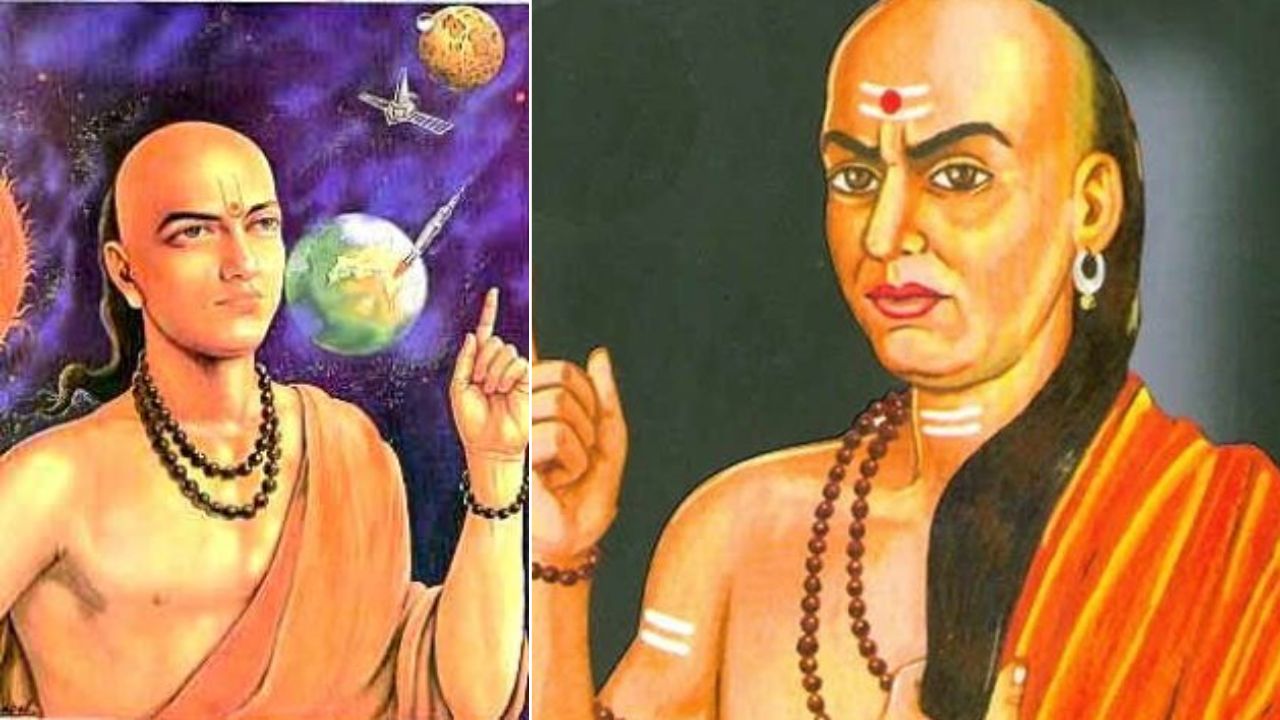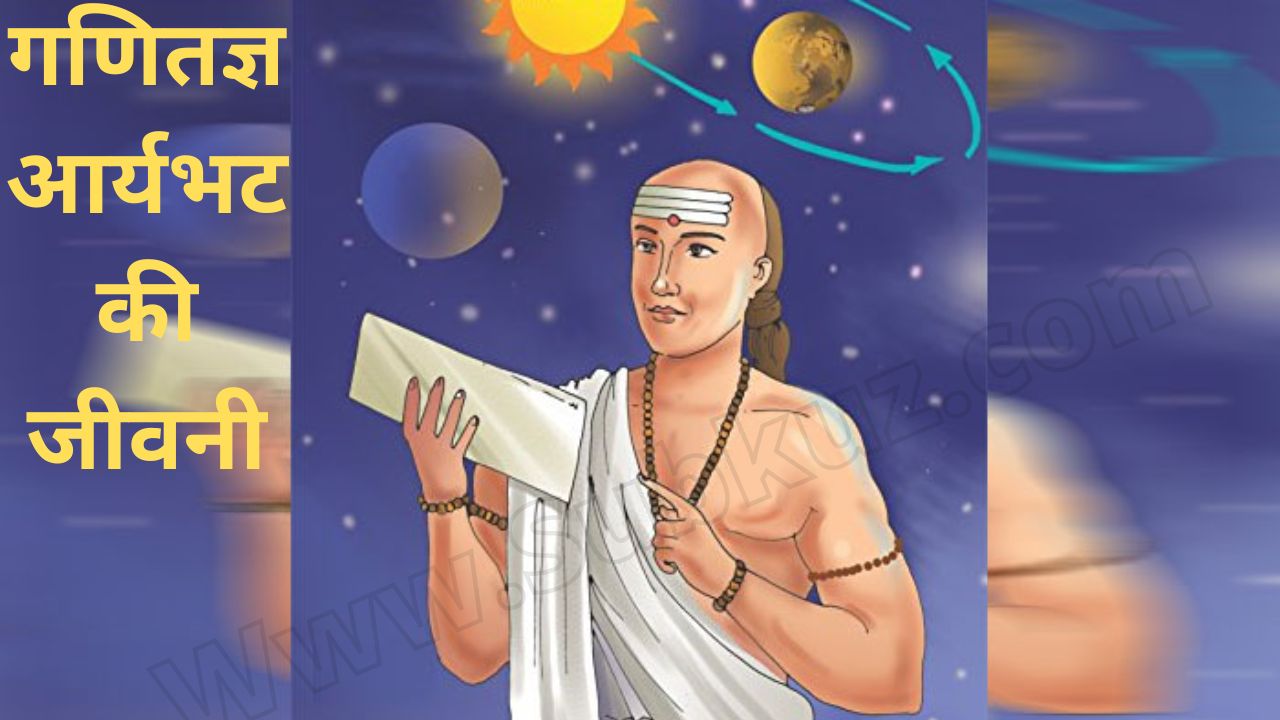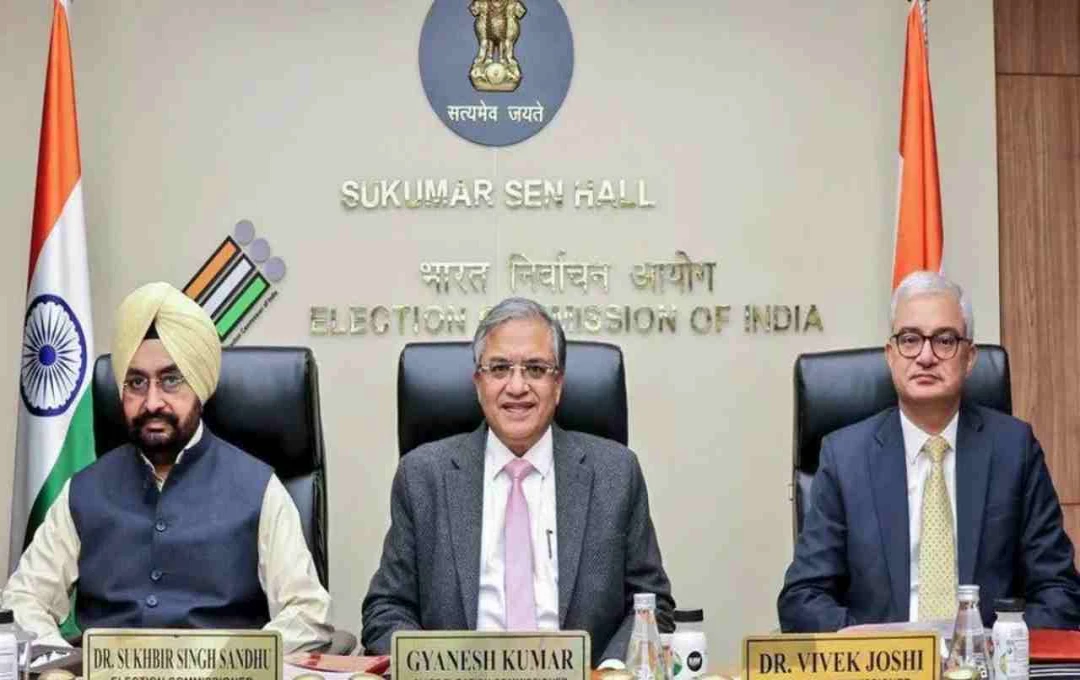Aryabhata: A Life of Mathematical Genius, Discoveries, and Contributions
Aryabhata was a renowned mathematician, astronomer, and astrologer of ancient India. His contributions were acknowledged by many contemporary Indian scholars, including Varahamihira, Brahmagupta, Bhaskaracharya, and Kamalakara, among others.
He was a pioneer in Indian mathematics and astronomy during the classical era. Aryabhata studied both Hindu and Buddhist traditions. He received his education at the Nalanda University, a renowned center of learning at that time. When his book "Aryabhatiya" (a mathematical treatise) was recognized as an outstanding work, the contemporary Gupta ruler, Buddhagupta, appointed him as the head of the university.
Aryabhata's Birth
There is no concrete evidence regarding the precise date of Aryabhata's birth, but it is believed that some people from the Asmaka country, who lived in central India between the Narmada and Godavari rivers during the time of Lord Buddha, were his ancestors. It is believed that Aryabhata was born in this region around 476 CE. Another account suggests his birth near Pataliputra, also known as Patliputra, in Bihar, India.
Aryabhata's Education
Sufficient information about Aryabhata's education is not available, but it is clear that at some point in his life, he travelled to Kusumpur, a renowned center for advanced studies at that time, to pursue higher education.
Aryabhata's Works
Aryabhata wrote numerous treatises on mathematics and astronomy, some of which have been lost over time. However, many of his works, like the "Aryabhatiya," are still studied today.
Aryabhatiya
This is a mathematical work by Aryabhata that extensively covers arithmetic, algebra, and trigonometry. It includes continued fractions, quadratic equations, tables of sine values, and sums of power series, among other topics. Much of what we know about Aryabhata's work is derived from this text. The name "Aryabhatiya" itself may have been given by later scholars, rather than Aryabhata.
Aryabhata's disciple, Bhaskara I, referred to this work as the "Asmaka-tantra" (treatises from Asmaka). It is also commonly known as the "Arya-shat-asht" (108 verses of Aryabhata) due to its 108 verses. This is a highly concise text, with each line describing ancient and complex mathematical principles. The work is divided into four chapters or sections.
Gitika Pada (13 verses)
Ganitapada (33 verses)
Kalakriya Pada (25 verses)
Golapada (50 verses)
Aryasiddhanta
This work by Aryabhata is not completely available today. However, it described the use of various astronomical instruments, such as the gnomon, shadow instruments, cylindrical rod, umbrella-shaped instrument, water clock, angle-measuring instruments, and semi-circular/circular instruments. The work also utilized principles of solar calculations, including midnight calculations.

Aryabhata's Contributions to Mathematics and Astronomy
Aryabhata made significant contributions to mathematics and astronomy, some of which are highlighted below.
Contributions as a Mathematician:
1. Discovery of Pi:
Aryabhata discovered the value of pi, described in the Ganitapada 10 of the Aryabhatiya. He proposed a method to calculate pi as (4 + 100) * 8 + 62,000 / 20,000, resulting in a value of 3.1416.
2. Discovery of Zero:
Aryabhata discovered zero, considered one of the greatest discoveries in mathematics. Calculations become impossible without zero, as multiplying any number by zero results in a multiple of ten.
3. Trigonometry:
Aryabhata discussed the area of a triangle in Ganitapada 6 of the Aryabhatiya. He also explained the concept of the sine function, which he called "ardha-jyā" (half-chord), and for simplicity, it was referred to as "jyā".
4. Algebra:
Aryabhata described correct results for sums of squares and cubes in the Aryabhatiya.
Contributions as an Astronomer:
Aryabhata's astronomical theories are collectively known as the Āryabhaṭa system. His works allude to the Earth's orbit, suggesting that he believed the Earth's orbit to be elliptical rather than circular.
(The following paragraph has been split as it exceeds the token limit. Please see the next response for the continuation.)





